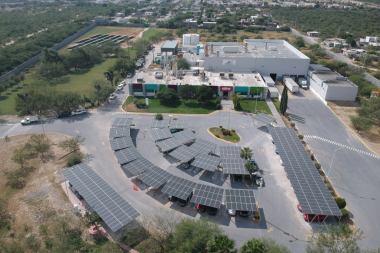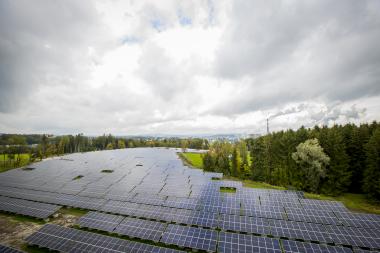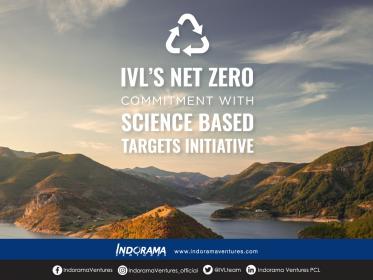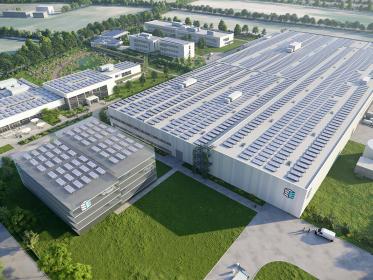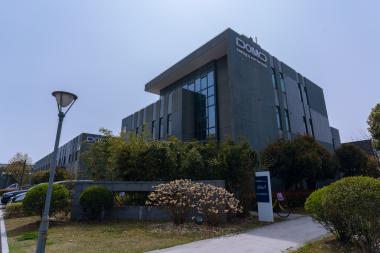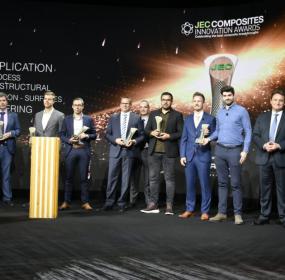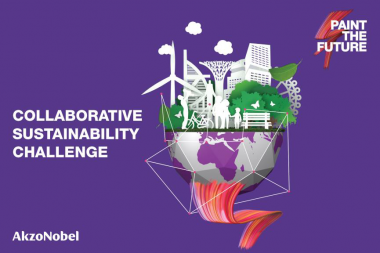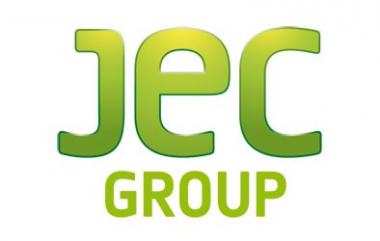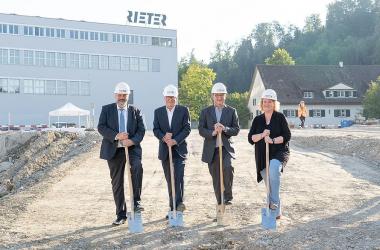AkzoNobel using 100% renewable electricity in North America
All of AkzoNobel’s locations in North America are now operating on 100% renewable electricity – helping to drive the company’s ambition of reducing carbon emissions across the full value chain by 50% by 2030 (baseline 2018).
The milestone – reached at the beginning of the year – is the latest in AkzoNobel’s ongoing efforts to transition to 100% renewable electricity at all its sites globally, with Europe having achieved the landmark at the start of 2022.
The transition to 100% renewable electricity in North America includes manufacturing sites, offices, warehouses and research and development facilities. However, the company is looking much further than its own operations.
Examples of how AkzoNobel is moving to 100% renewable electricity globally include:
- Self-generated renewable electricity – by installing solar panels at many of their locations and continue to make steady progress
- Sourcing renewable electricity – the electricity generated by their solar panels covers only part of their total electricity consumption needs. For the remainder, they'll continue to purchase renewable electricity with certificates of origin.
AkzoNobel


